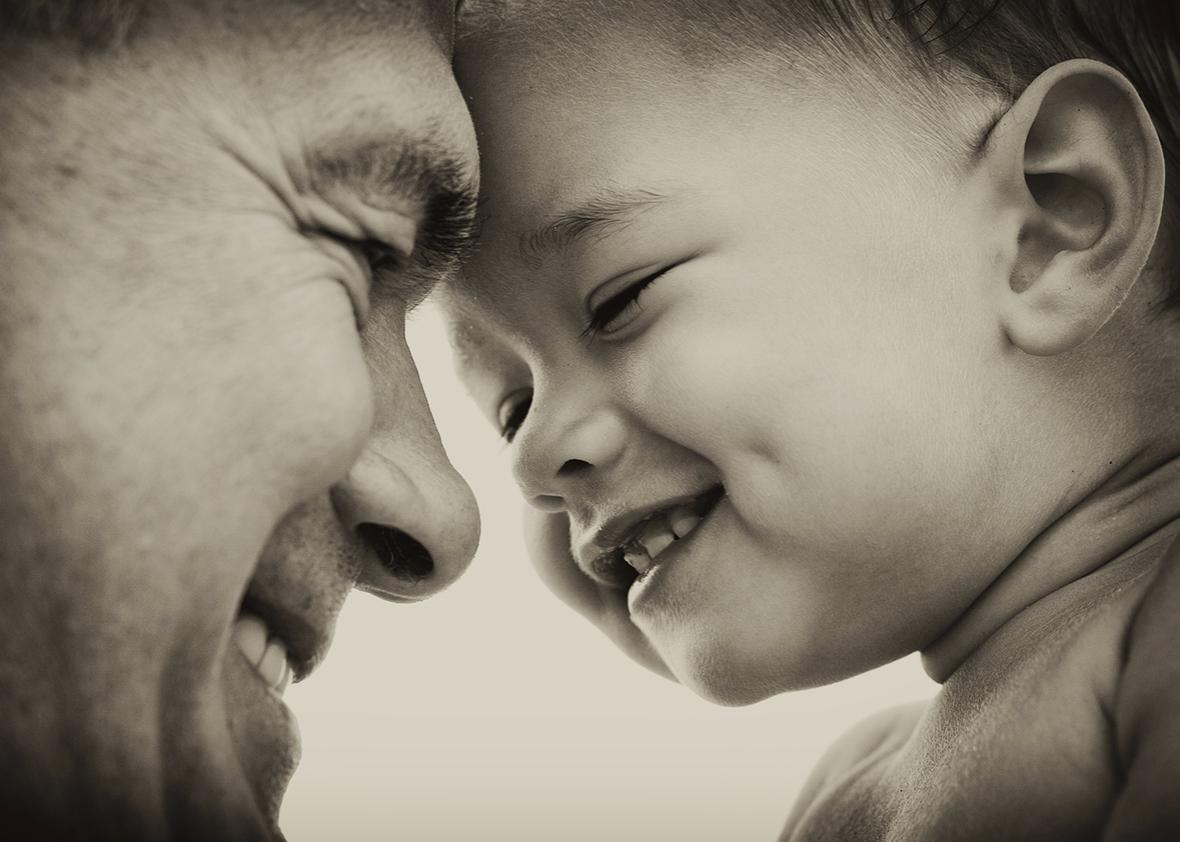This article originally appeared on Spectrum on May 23, 2016.
The mutations that men accumulate in their sperm as they age don’t account for most of their increased risk of having a child with autism, reports a study published Monday in Nature Genetics. Instead, the researchers suggest, men who carry risk factors for the condition simply tend to have children late in life.
Several large epidemiological studies from the past decade suggest that the older a man is when he has a child, the more likely he is to have a child with autism or schizophrenia. For example, one study reported that men aged 50 years and older are twice as likely as men under age 30 to have a child with autism. At the same time, sequencing studies suggest that each year a man ages, he passes an estimated two more de novo, or spontaneous, mutations to children he sires.
Many scientists assumed these two phenomena were linked. “People have put two and two together and said that the extra mutations explain the increased risk in the children,” says lead investigator Jacob Gratten, a research fellow in neurogenetics and statistical genomics at the University of Queensland in Brisbane, Australia.
Gratten and his colleagues used mathematical models to determine whether this assumption holds up. The models incorporate published estimates of how de novo mutation rates in the general population change with paternal age, the prevalence of autism and schizophrenia in the general population, as well as the conditions’ heritability and effects on fertility.
The findings suggest that de novo mutations in sperm account for, at most, 20 percent of the increased autism and schizophrenia risk associated with the father’s advanced age. “The small number of additional mutations in children with older fathers can’t really explain the increase in risk that we see,” Gratten says.
The findings are convincing and based on reasonable assumptions, say other experts. “This paper does a good job on the theoretical components,” says Mark Daly, associate professor of medicine at Harvard University, who was not involved in the work. “[It] indicates that there may be other more substantial contributors to the paternal age effect.”
Gratten and his colleagues built four mathematical models that each predict autism risk in the children of older fathers for different combinations of risk factors. The researchers looked for combinations that could account for the 20 percent increased risk for men who are 35 to 39 years old, relative to men a decade younger, a figure reported in several large epidemiological studies.
All four models assume that the risk of autism in the general population is 1 percent and that men who are 35 to 39 years old transmit 20 more mutations to their children than do men in their mid-to-late 20s. The four models differ in how strongly they assume de novo mutations contribute to autism risk, as well as whether the de novo mutations act alone or in combination with other variants.
For example, the scenario the researchers say is most realistic assumes that de novo mutations account for about 20 percent of autism risk and inherited variants account for at least half and that people with autism have 35 percent as many children as those in the general population. In this situation, a father’s age-related mutations account for only about 10 percent of the increase in autism risk due to paternal age.
“It’s quite clear from this that it’s very difficult to get close to [accounting for] the paternal age effect without some very, very extreme ideas about how these de novo mutations contribute to autism,” says Stephan Sanders, assistant professor of psychiatry at the University of California, San Francisco, who was not involved in the work.
Genetic epidemiologist Elise Robinson says she has come up with a similar estimate for the role of de novo mutations in the paternal age effect through a preliminary, unpublished analysis of genome sequences from more than 2,000 families. “What they predict through their models is pretty much what we see empirically,” says Robinson, instructor in medicine at Harvard University, who was not involved in the new study.
Gratten and his colleagues developed a fifth model to test an alternate explanation for the paternal age effect: that men with a high genetic risk for autism—and who show autism traits—tend not to have children until they are older.
The researchers found that a man’s genetic risk for autism would only need to be weakly linked to a delay in fatherhood to account for more than half of the paternal age effect. Even so, the researchers say that autism-like traits are not likely to be the whole story.
Read more autism news from Spectrum:
- “Living Between Genders”
- “Sight May Mix With Sound in Autism Brains”
- “New Tool Lets Cognitive Skills Guide Autism Treatment”
- “Brain Signature Characterizes Boys With Autism”
To find a link between autism traits and delayed fatherhood, studies would need to include more than 100,000 men of various ages and genetic backgrounds, the researchers estimate. Studies with such sample sizes do not yet exist but may be available soon, Gratten says. “What we’re really doing is putting forward a hypothesis, which we hope will inspire people to follow up as the available datasets get to the size that we think we need.”
